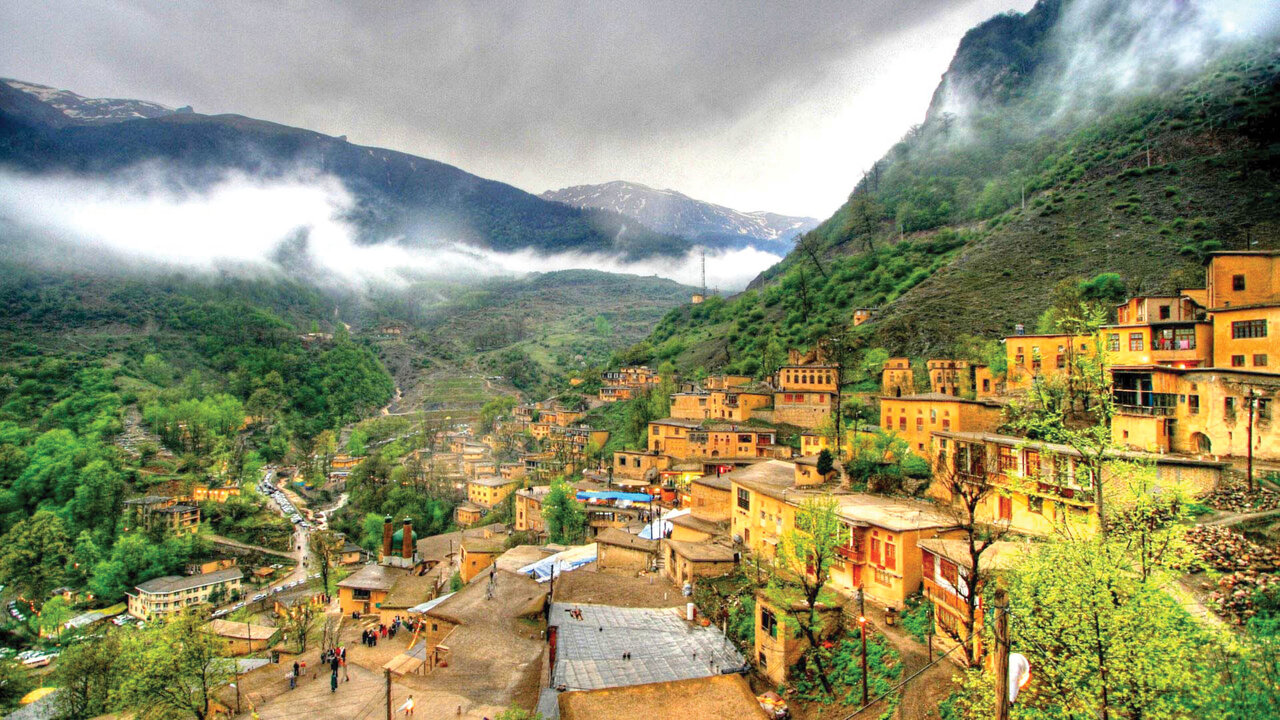Alborz and Zagros: natural barriers that cultivated Iran’s cultural diversity

TEHRAN - On Monday, a tourism ministry’s official in charge of registration and preservation of natural and intangible heritage highlighted the impact of the Alborz and Zagros mountain ranges on Iran’s geographical and cultural landscape.
Speaking at a meeting held at the Niavaran Cultural and Historical Complex, Alireza Izadi emphasized that without these two vital natural elements, Iran would have been nothing more than a vast desert.
Addressing policymakers and government decision-makers at the session, which focused on the 2003 Convention for the Safeguarding of the Intangible Cultural Heritage, Izadi elaborated on how these mountain ranges have significantly altered Iran’s climate. “The beautiful regions neighboring the Alborz and Zagros have reshaped Iran’s geography, creating conditions that allowed various civilizations to flourish,” he said.
Izadi underscored the idea that these mountain ranges did more than just modify the climate—they laid the foundation for the emergence of civilizations.
“The rich and diverse cultures that we celebrate today as our intangible cultural heritage are the direct result of the civilizations that developed in the fertile areas around the Alborz and Zagros mountains,” he added.
The Alborz and Zagros ranges stretch across Iran, creating a natural barrier that has historically protected and nurtured the development of distinct cultures and communities. The regions surrounding these mountains, from the Persian Gulf to the Caspian Sea, have formed a vibrant and powerful mosaic of ethnic groups.
“The geography formed by the Alborz and Zagros from the Persian Gulf to the Caspian Sea has created a strong and vibrant rainbow of ethnicities,” Izadi explained.
This diverse cultural landscape is considered one of Iran’s greatest assets, contributing to its rich intangible cultural heritage. The ecosystems supported by these mountain ranges have not only provided the necessary resources for agricultural and societal development but have also fostered a unique cultural resilience that has persisted through the centuries.
AM
